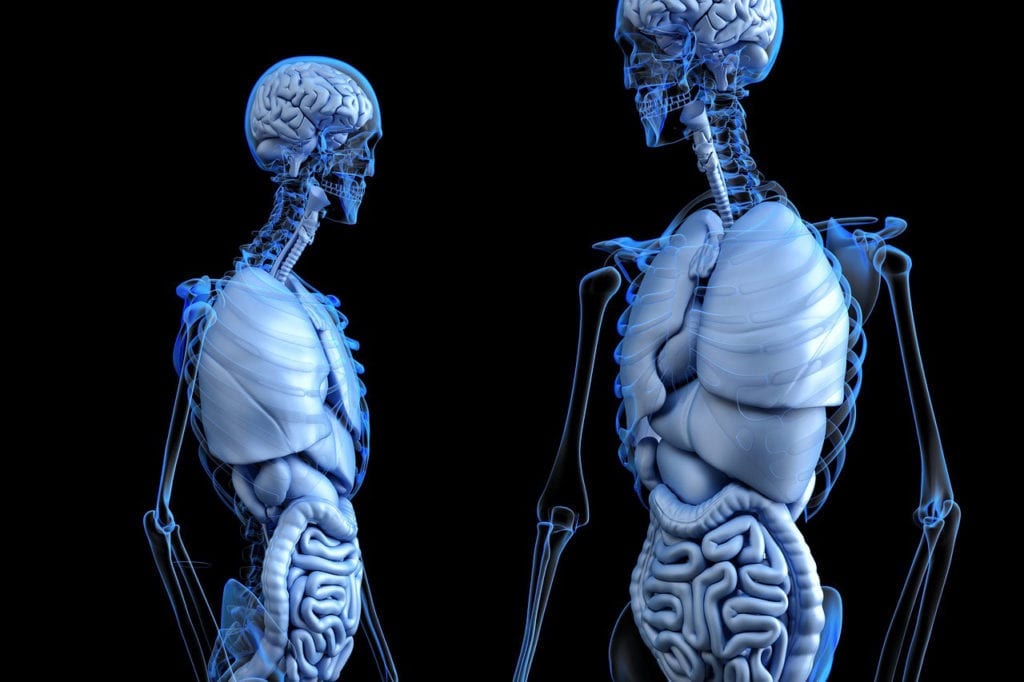In the early 1990s, Dean Kamen was at the mall when he came up with an idea. After seeing a man in a wheelchair struggle to be noticed by service providers, or navigate through a non-inclusive environment, Kamen recognized an unmet need. For years, he experimented: a wheelchair with computer chips, tilt sensors, stabilizers. From there, he developed his next invention: the Segway. According to Liz Brody, a writer for OneZero, Dean Kamen viewed the Segway as a revolutionary start for eco-friendly travel, even noting that the Segway would:
“be to the car what the car was to the horse and buggy.”
Though Kamen sold Segway in 2009, his innovative spirit remains. Over the past few years, Kamen’s focus created:
- DEKA (DEan KAmen) Research and Development
- A wearable infusion pump, alongside other medical stents and pumps
- Prosthetic arms for veterans and amputees
- A water purifying machine
- At-home dialysis units
- FIRST Robotics, a nonprofit designed to stimulate innovation in children
However, Kamen now has a new, impactful, and enterprising idea: developing factories to produce human organs.
Dean Kamen
For as long as people can remember, Dean Kamen has been inventive, forward-thinking, and creative. In 1986, he purchased the North Dumpling island, running it on solar and wind power. Now, he travels from his futuristic home to work via helicopter.
Admittedly, Dean Kamen is not the first person interested in growing human organs. For example, some scientists previously believed growing human organs in pigs might be a viable production route. As 111,000 people sit on organ transplant waiting lists, and soldiers return from war with severe injuries, being able to produce organs would be immensely helpful. However, it is still difficult to grow organs in a lab; many scientists are still working on how to develop tissue.
About 4 years ago, Kamen met Sirius XM co-founder and United Therapeutics founder Martine Rothblatt. She founded United Therapeutics following her daughter’s pulmonary arterial hypertension (PAH) diagnosis. But when Kamen visited her labs to see how she was growing artificial lungs, he found her equipment non-functional and outdated. He offered assistance with building new, accurate technology.
Ultimately, he determined that he would require:
- 3D bioprinters to “print” living cells that researchers could use to create organ scaffolds
- Stem cells and equipment to cultivate them
- Bioreactors
- Customized monitoring technologies
Next, Kamen applied for a Department of Defense (DoD) grant. Ultimately, he received $80 million to start his journey. With his funds, he founded the Advanced Regenerative Manufacturing Institute (ARMI). Ultimately, ARMI allows members to trade financial, equipment-based, or research-based contributions with other organizations.
Organ Development
When Kamen, ARMI, and research partners decided to move forward with the idea of organ development, they needed somewhere to set up. The team chose the Amoskeag Millyard in New Hampshire. Here, Dean Kamen owns 1 million square feet of land and offices.
Also, this is where BioFabUSA has already began prototyping a manufacturing platform which creates organ and tissue within 45 days. Their equipment can automate the organ development process. To start, frozen stem cells are removed from bone marrow. Next, the cells are defrosted and added to a broth. For the next week, cells rapidly multiply. After this, the cells are combined with chemicals; these encourage the cells to grow tissue. Finally, the cells are added to a bioreactor to create bioengineered anterior cruciate ligaments (ACLs). STEL Technologies, another member of ARMI, is also working to create engineered ACLs by hand.
However, this prototype can create more than just ACLs. First, says CTO Tom Bollenbach, ARMI is working to develop muscle, bone, islets, and insulin-making beta cells. But the company is also looking to potentially manufacture hearts, lungs, or kidneys. In fact, ARMI is working with the Texas Heart Institute to create hearts for pediatric patients.
Similarly, member organization Advanced Solutions created a BioAssembly Bot (BAB) to 3D-print human cells, perform assembly, make structures, and create blood vessels.
Some critics believe that organ manufacturing won’t happen any time soon. Maybe 50 years from now, is the common refrain. But says Dean Kamen:
Within 10 years it will be as common as [many] standard medical procedures to have a defective organ replaced.





